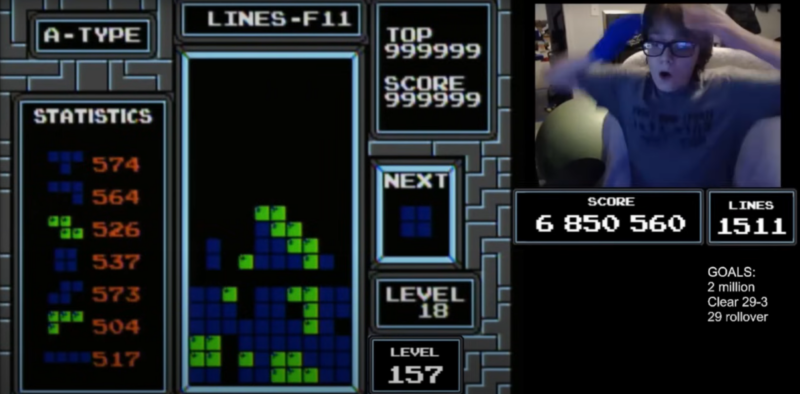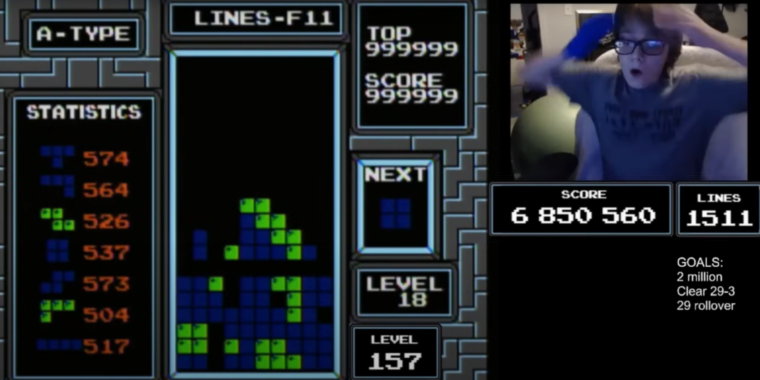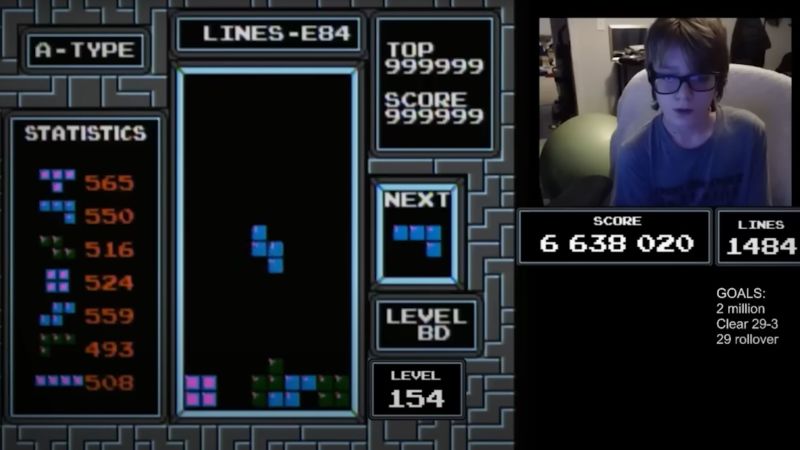
Tetris is a classic video game that has been around for over three decades. It was created by a Soviet engineer in 1984 and popularized on the Nintendo Entertainment System (NES). The NES version of Tetris, also known as the original endless mode, was considered unbeatable by humans until recently when a 13-year-old named Willis Gibson from Oklahoma became the first person to beat it. He achieved this feat using a technique called rolling that involves gliding fingers along an NES controller and hitting D-pad up to 20 times per second.



